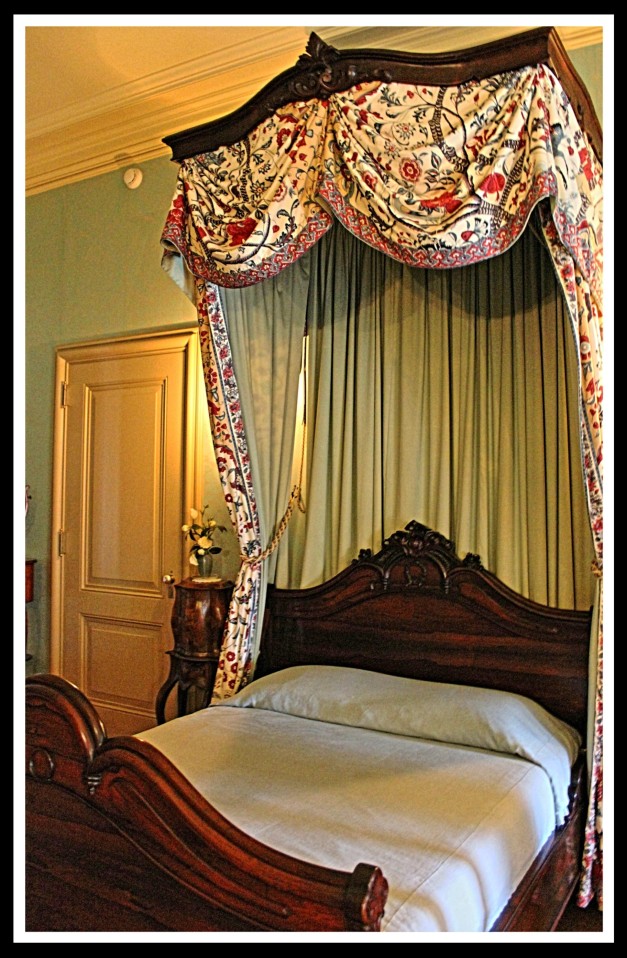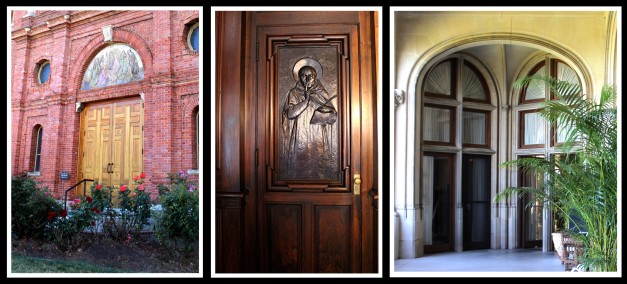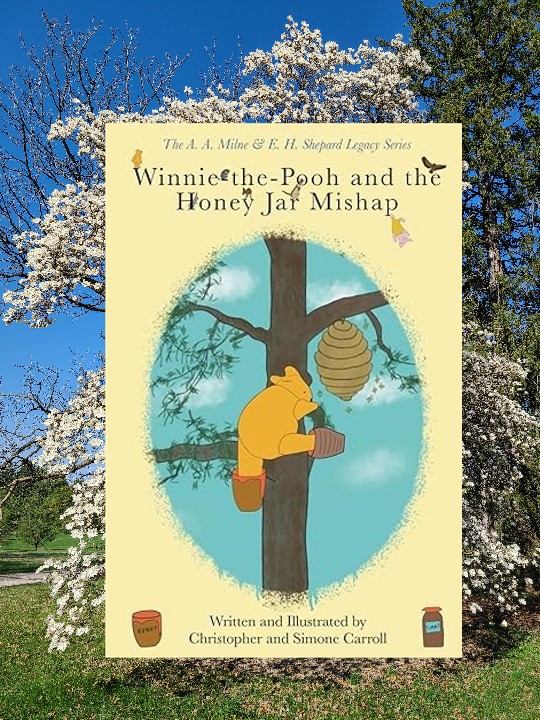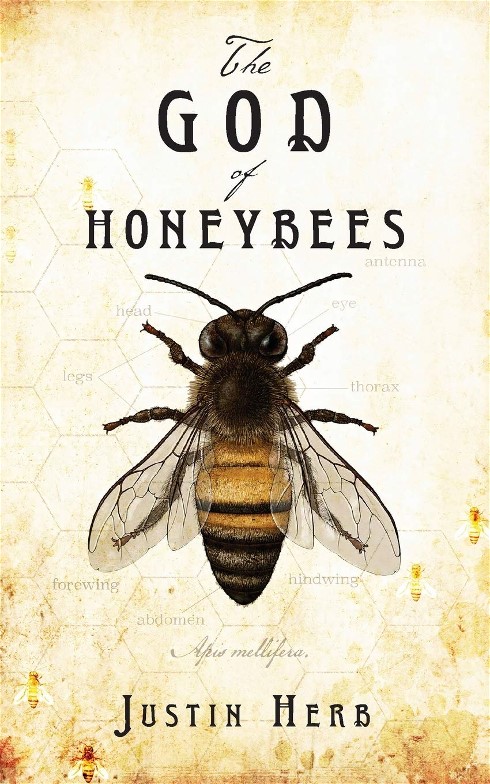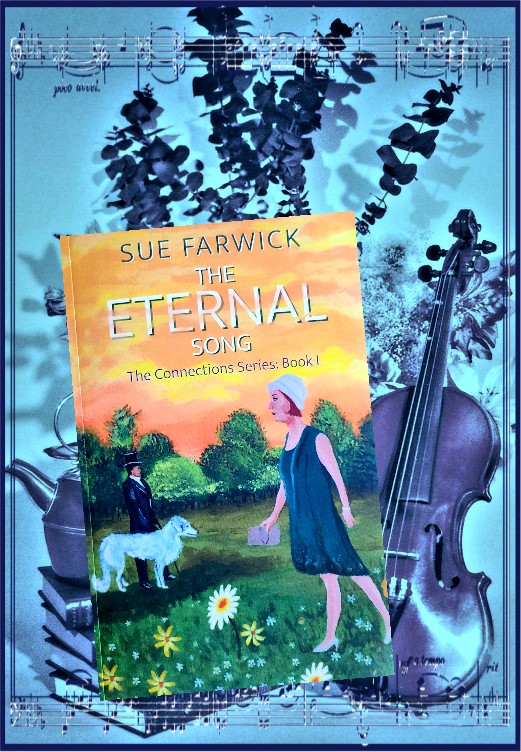Everything about the house at Biltmore is a work of art. You can hardly take a step without seeing something that makes you stop in your tracks and say “Wow!” Whether it be a painting, sculpture or tapestry, every inch of Biltmore is filled with the finest examples of such work.

The library is a masterpiece in itself. From the magnificent ceiling depicting The Chariot of Aurora, painted by Giovanni Pellegrini in the 1720’s for the Pisani Palace in Venice, down to the whimsical motif on one of the interior doors and the beautifully carved wooden steps, this is a book-lovers paradise! The books on display, many of them 1st editions, are only one half of the 23,000 volume collection amassed by George Vanderbilt.



The Tapestry Gallery contains three from a set of seven Flemish tapestries from the 1530’s known as The Triumph of the Seven Virtues, representing Charity, Faith and Prudence.
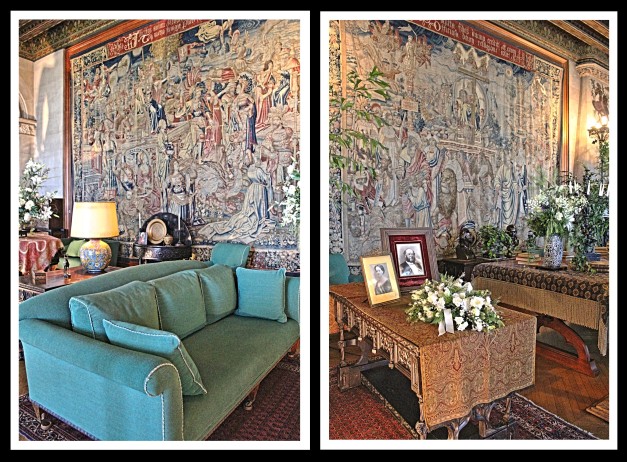
George Vanderbilt could obviously afford the very best when it came to family portraits and there are many of these to be seen throughout the house, painted by such notable artists as Giovanni Boldini and John Singer Sargent.

Sargent was also commissioned to paint portraits of Biltmore’s architect Richard Morris Hunt and landscape architect Frederick Law Olmsted.
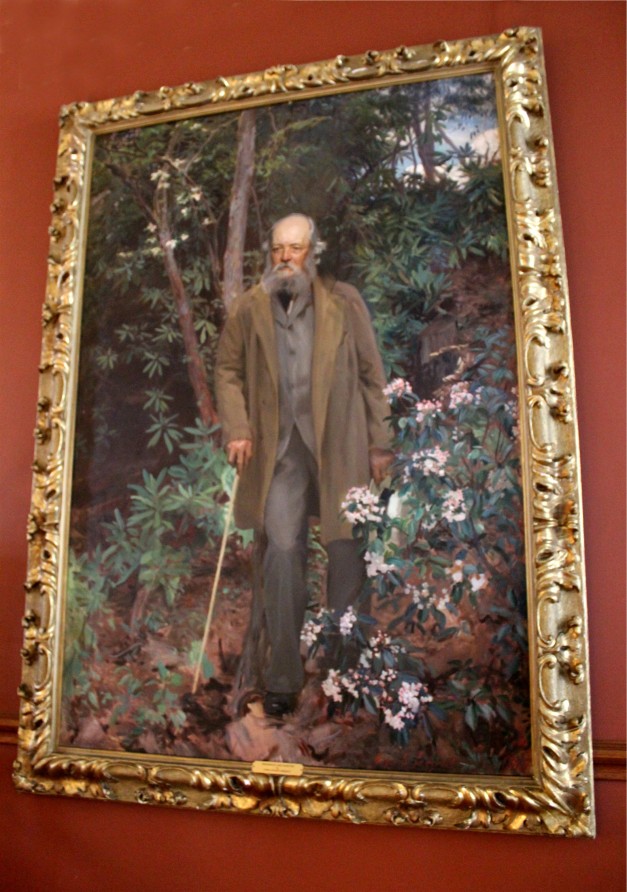
Unlike the classical pieces of artwork that fill every corner of the house, The Halloween Room, located in the basement, contains impromptu paintings done by family and friends for a New Year’s Eve party in 1925.

Outdoors, the statuary in the gardens and on the terraces adds to the overall artistry of the landscape design and at the shop attached to the conservatory you can even purchase your own little piece of artwork.


























